Table of Contents
Directions (1-5): Study the information carefully and answer the question given below.
There are eight persons P, Q, R, S, T, U, V and W living on an eight-floor building (Ground floor is numbered 1 above number 1 is number 2 and so on topmost floor is number 8.) but not necessary in the same order. S lives on an odd number floor above 4th floor. There are two persons live between S and R. V lives one of the odd number floors but not on the bottom floor. There is one person living between R and P who lives just below T. The total number of persons living between U and Q is same as the total number of persons living between U and P.
Q1. Which of the following floor belongs to U?
(a) 4th
(b) 5th
(c) 7th
(d) 1st
(e) 2nd
Q2. How many persons lives between floors of S and R?
(a) One
(b) Two
(c) Three
(d) Four
(e) None
Q3. If all the persons are arranged alphabetically from top to bottom than how many persons remain unchanged?
(a) One
(b) Two
(c) Three
(d) Four
(e) None
Q4. Four of the following five are alike in a certain way based on their arrangement find the one which does not belong to that group?
(a) Q
(b) P
(c) U
(d) R
(e) V
Q5. R is related to P in the way S is related to V, then following the same pattern, U is related to?
(a) Q
(b) W
(c) V
(d) S
(e) None of these.
Directions (6-10): Study the information carefully and answer the questions given below.
Now in each of the following questions assuming the given statements to be true, find which of the two conclusions I and II given below them is/are definitely true and accordingly give answer-
Q6. Statements: S>Q, R≤P, P<S
Conclusions:
I. P<Q
II. P≥Q
(a) If only conclusion I is true
(b) If only conclusion II is true
(c) If either conclusion I or II is true
(d) If neither conclusion I nor conclusion II is true
(e) If both conclusion I and II are true
Q7. Statements: C=D, D<E, E≤F
Conclusions:
I. C≤D
II. C>E
(a) If only conclusion I is true
(b) If only conclusion II is true
(c) If either conclusion I or II is true
(d) If neither conclusion I nor conclusion II is true
(e) If both conclusion I and II are true
Q8. Statements: I≥M, M<P, R>P
Conclusions:
I. R≥M
II. R>M
(a) If only conclusion I is true
(b) If only conclusion II is true
(c) If either conclusion I or II is true
(d) If neither conclusion I nor conclusion II is true
(e) If both conclusion I and II are true
Q9. Statements: L<N, P≤L, N>K
Conclusions:
I. L>K
II. N≤P
(a) If only conclusion I is true
(b) If only conclusion II is true
(c) If either conclusion I or II is true
(d) If neither conclusion I nor conclusion II is true
(e) If both conclusion I and II are true
Q10. Statements: J=L, P≤L, P≥N
Conclusions:
I. J≥ N
II. N=J
(a) If only conclusion I is true
(b) If only conclusion II is true
(c) If either conclusion I or II is true
(d) If neither conclusion I nor conclusion II is true
(e) If both conclusion I and II are true
Directions (11-15): Study the following information to answer the given questions
In a certain code
‘save seed up force’ is written as ‘lp pk ks st’,
‘ grow seed up men’ is written as ‘ir ks fu lp’.
‘force life grow jab’ is written as ‘gt ir gb pk’
‘up vital life strong’ is written as ‘gt xz lo ks’
Q11. What is the code for ‘vital’?
(a) gt
(b) xz
(c) lo
(d) ks
(e) Cannot be determined
Q12. Which of the following may represent ‘men is seed’?
(a) fu lp st
(b) fu py lo
(c) re lp gt
(d) fu xz re
(e) lp re fu
Q13. ‘pk’ is the code for
(a) up
(b) force
(c) seed
(d) life
(e) Cannot be determined
Q14. What is the code for’ save’?
(a) lp
(b) pk
(c) st
(d) ks
(e) Cannot be determined
Q15. Which of the following represents ‘life the seed’?
(a) in gt lp
(b) ni gt st
(c) ir gt lo
(d) pk ir gt
(e) gt pk lp
Practice More Questions of Reasoning for Competitive Exams:
Solutions
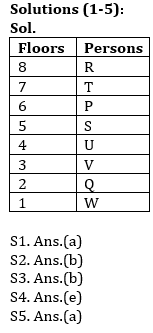
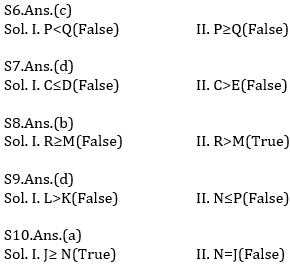
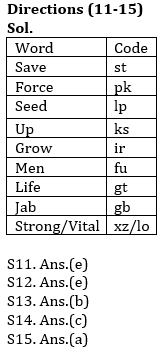
Practice with Online Test Series for RBI Attendant 2021:
Click Here to Register for Bank Exams 2020 Preparation Material

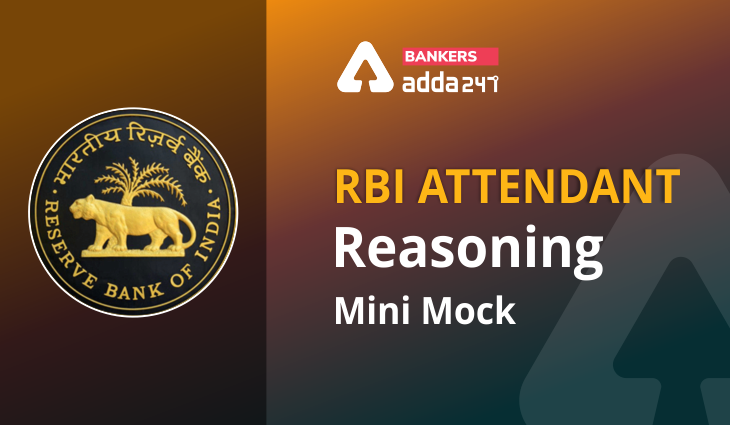


 GA Capsule for SBI Clerk Mains 2025, Dow...
GA Capsule for SBI Clerk Mains 2025, Dow...
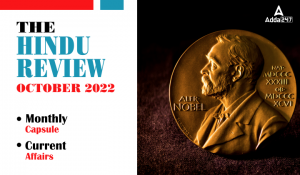 The Hindu Review October 2022: Download ...
The Hindu Review October 2022: Download ...
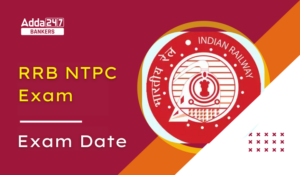 RRB NTPC Exam Date 2025, Expected CBT 1 ...
RRB NTPC Exam Date 2025, Expected CBT 1 ...





